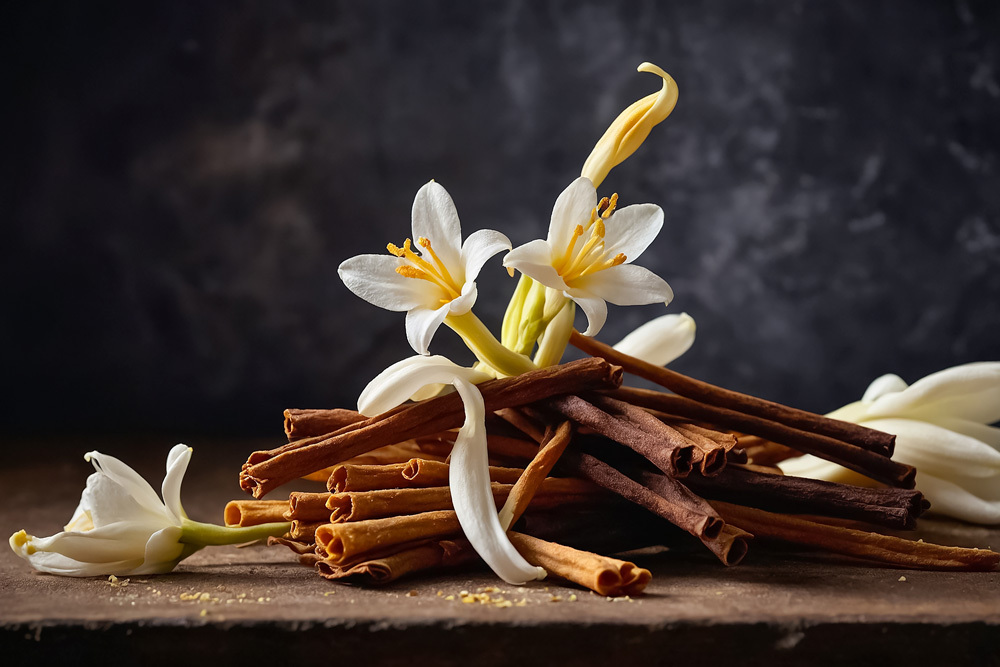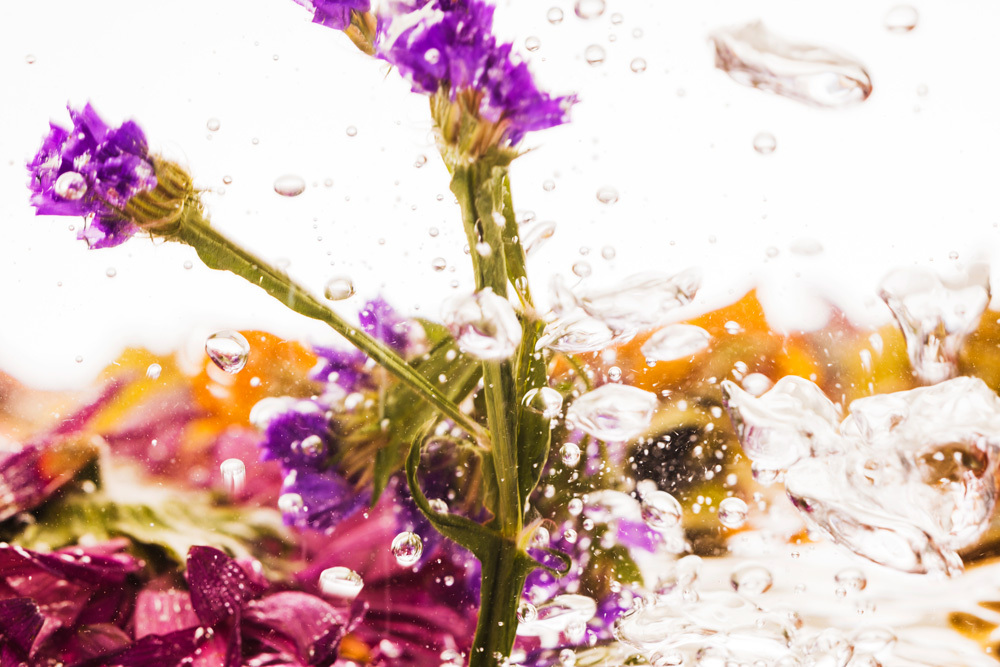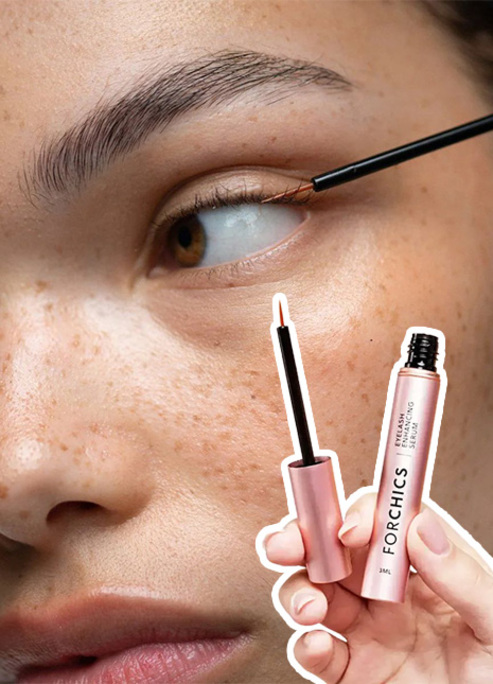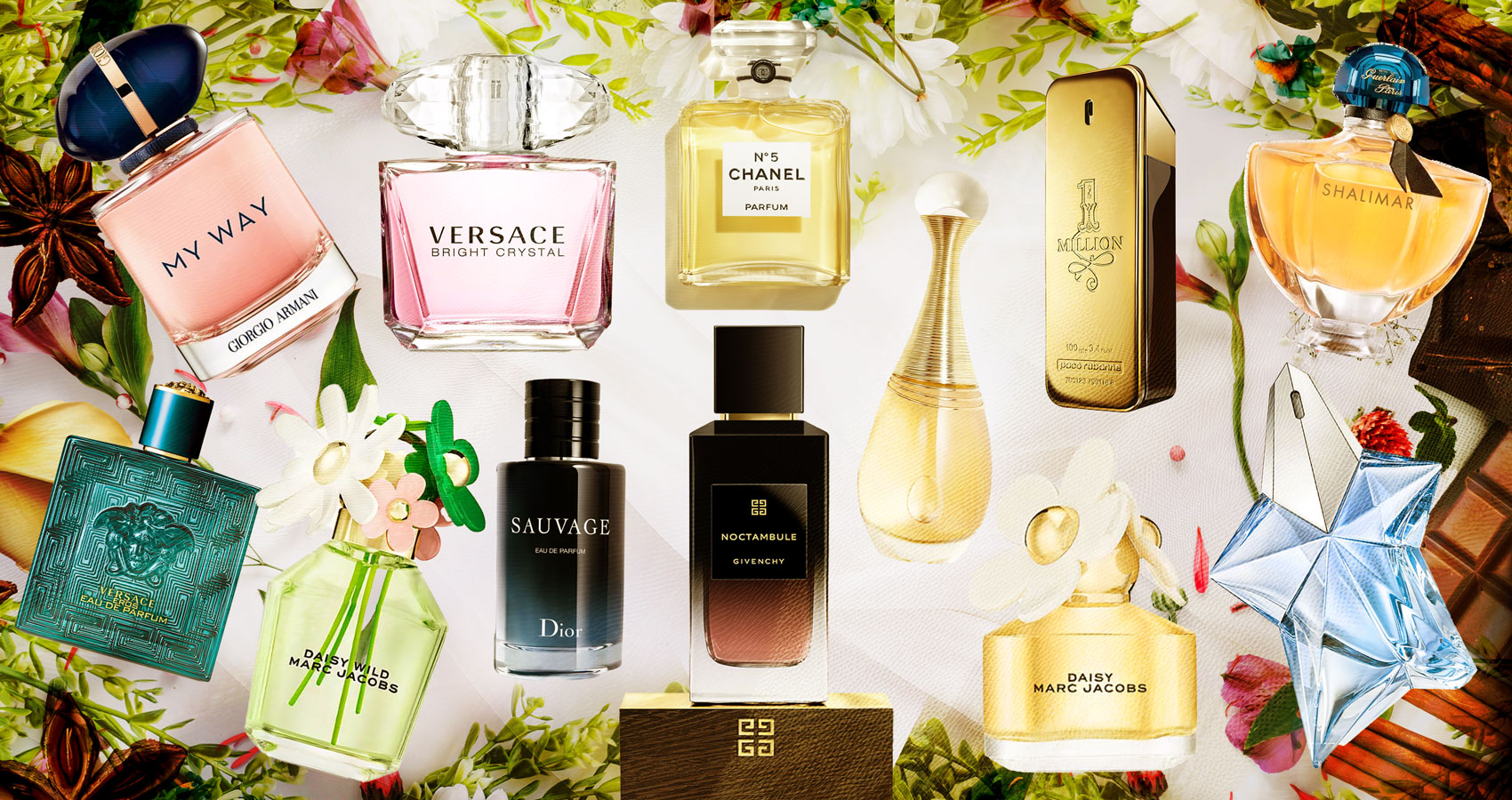
Eau de Toilette vs. Eau de Parfum: Key Differences Explained
EDT vs EDP
Have you ever wondered why your favorite perfume seems to fade quickly while another lingers all day? It could be the concentration of fragrance oil in the product. This is where the terms' Eau de Toilette' (EDT) and 'Eau de Parfum' (EDP) come into play.
However, while these two terms might sound similar, they represent significant differences in fragrance intensity and longevity. This article will explore the key distinctions between EDT and EDP, helping you choose the perfect fragrance to suit your personal preferences and lifestyle.
1. Fragrance Concentration
The concentration of perfume oils defines a fragrance's strength and staying power. When exploring different fragrance types, online retailers like MixPerfume can help you discover a wide range of options with varying oil concentrations, allowing you to choose the perfect balance of intensity and longevity for your personal scent preferences.
Eau de Parfum (EDP):
-
- EDP typically contains 15% to 20% perfume oil. This higher concentration of essential oils means that EDP is more intense and fuller in scent. Because of this, the top and middle notes (the initial and heart notes of a fragrance) tend to linger longer before transitioning to the base notes.
-
- As EDP has more concentrated oils, it provides a richer olfactory experience. Fragrances in this concentration often contain deeper, more complex notes, making the overall scent more robust.
Eau de Toilette (EDT):
-
- EDT contains a lower concentration of essential oils, ranging from 5% to 15%. This makes it more diluted than EDP, resulting in a lighter, more airy scent.
-
- EDTs are usually designed to give a fresher, more delicate experience, perfect for those who prefer something less bold and strong. They tend to have brighter and more volatile top notes, which are more fleeting than in EDP.
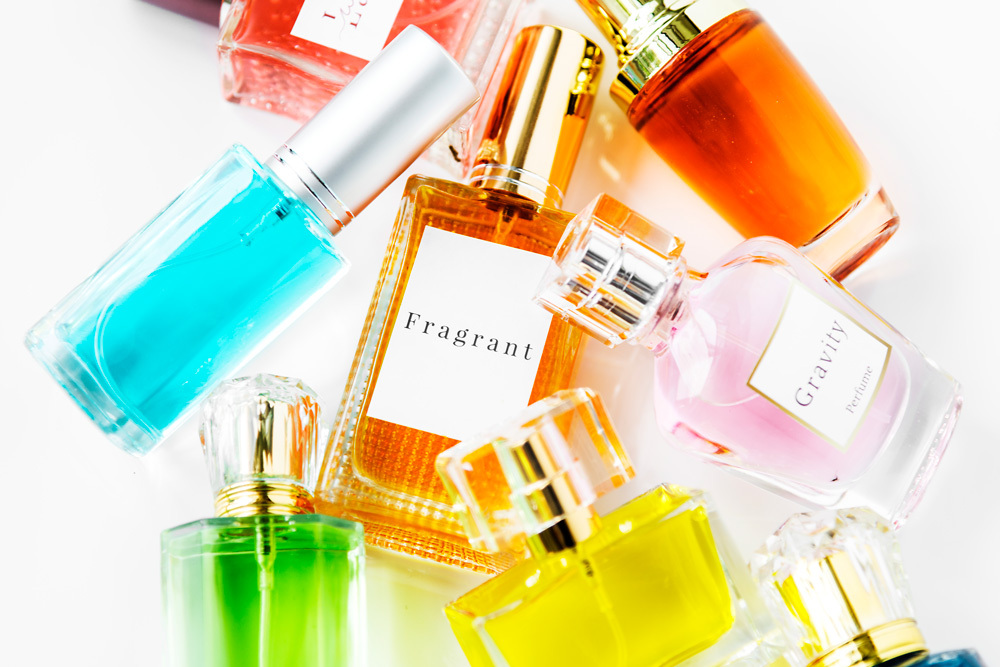
2. Longevity and Sillage
A fragrance's longevity is its ability to endure, while sillage is its ability to be noticed.
Eau de Parfum (EDP):
-
- EDP's higher concentration of oils contributes to its long-lasting nature. Most EDPs last 6 to 8 hours, sometimes even longer, depending on the composition and skin chemistry. This makes EDP ideal for long days or evening events where you want your scent to endure throughout.
-
- The sillage of an EDP is generally more substantial. The fragrance projects farther from your body, leaving a noticeable trail as you move. This makes EDP an excellent choice for occasions when you want to make a stronger impression with your fragrance.
Eau de Toilette (EDT):
-
- EDT's lighter concentration means that it usually lasts 3 to 5 hours before fading. It is more suitable for situations where a subtle scent is preferable or when frequent reapplication throughout the day is acceptable.
-
- An EDT's sillage is much more restrained. It sits closer to the skin and is less likely to leave a significant scent trail behind. This is perfect for people who prefer their fragrance to be intimate rather than project outwardly.
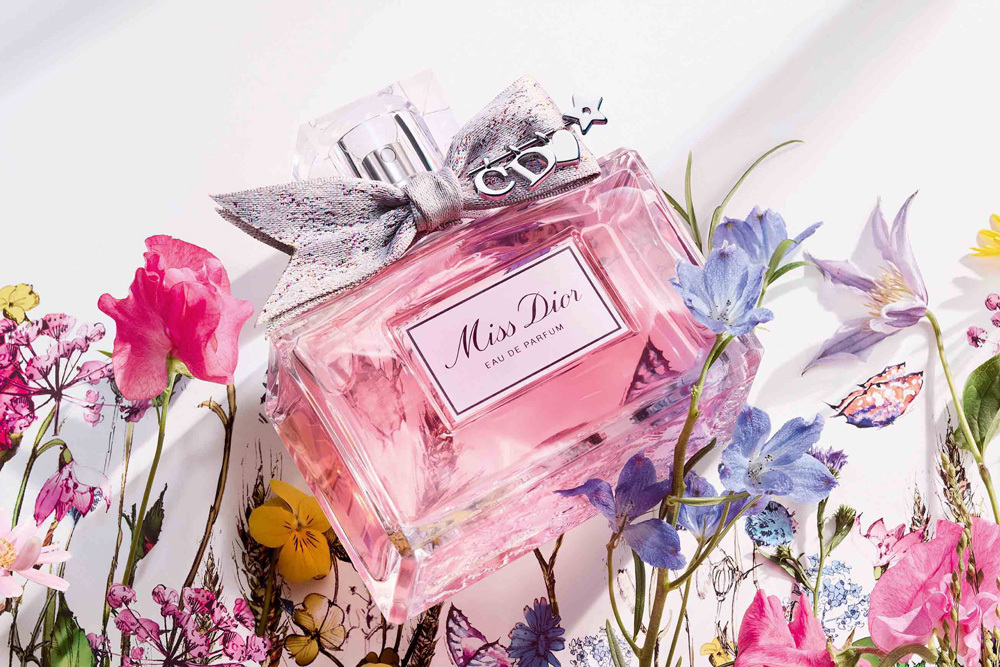 Image courtesy of dior.com
Image courtesy of dior.com
3. Intensity and Use
The intensity and the appropriate use of each type of fragrance can vary based on personal preferences, time of day, and setting.
Eau de Parfum (EDP):
-
- The higher intensity of an EDP makes it better suited for evening wear or more formal occasions. Due to the richer, heavier concentration, EDP often includes deeper base notes (like musk, amber, or vanilla) that can feel more sophisticated or luxurious.
-
- Because it lasts longer and is more intense, EDP is also ideal for the colder months (fall and winter) when you want a more enveloping scent that will cut through chilly air. In warmer weather, EDP might feel a bit overwhelming or cloying.
Eau de Toilette (EDT):
-
- EDT's lighter, refreshing nature makes it perfect for daytime wear or casual settings. It often includes brighter, fresher notes (like citrus, florals, or aquatic accords) suitable for everyday situations.
-
- Spring and summer are ideal times for wearing EDT, as it provides a light, refreshing scent that won’t feel too heavy or overpowering in the heat. Because EDT is less intense, it’s also an excellent choice for office environments where a more understated fragrance is appropriate.
4. Price
The price difference between EDP and EDT reflects the amount of perfume oils used in each.
Eau de Parfum (EDP):
-
- Since EDP has a higher concentration of oils, it is typically priced higher than EDT. You are paying for a more intense, long-lasting scent and often for a more complex fragrance composition.
-
- Additionally, EDP is considered more luxurious because of its longevity and depth, making it an investment for people who want a fragrance that performs well throughout the day without needing to reapply.
Eau de Toilette (EDT):
-
- EDT is generally more affordable because it contains less concentrated perfume oils. It's more casual, everyday nature makes it a great option for those who may not want to invest as much in a fragrance or who prefer to have multiple scents for different occasions.
-
- The lower price point of EDT also allows for more frequent reapplication throughout the day without the concern of wasting an expensive fragrance.
Choosing between the two depends on your preference for scent intensity, how long you want the fragrance to last, and the occasion for which you wear it.
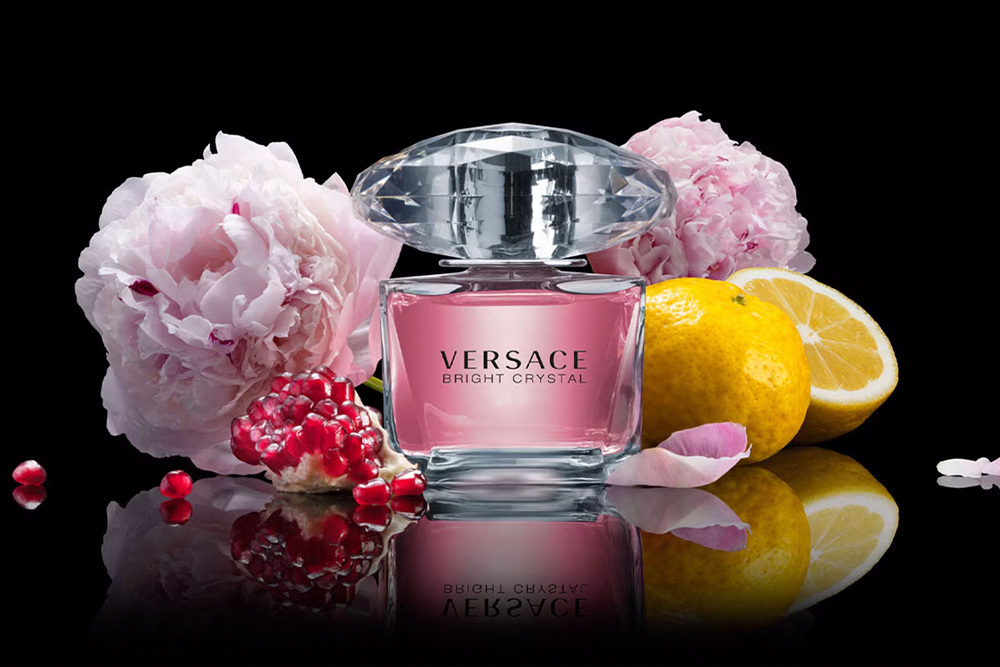 Image courtesy of versace.com
Image courtesy of versace.com
Conclusion
Whether you seek a subtle fragrance for daily use or a bold statement for special occasions, the choice between EDT and EDP ultimately depends on your preferences. Eau de Toilette offers a lighter, more versatile option, while Eau de Parfum provides a more intense and long-lasting fragrance. By understanding these fundamental differences, you can confidently select the perfect fragrance to complement your unique style and leave a lasting impression.



